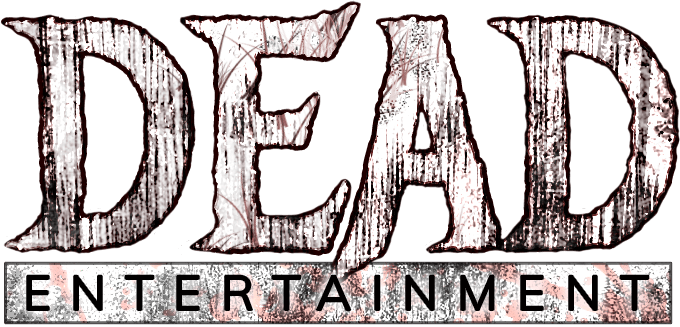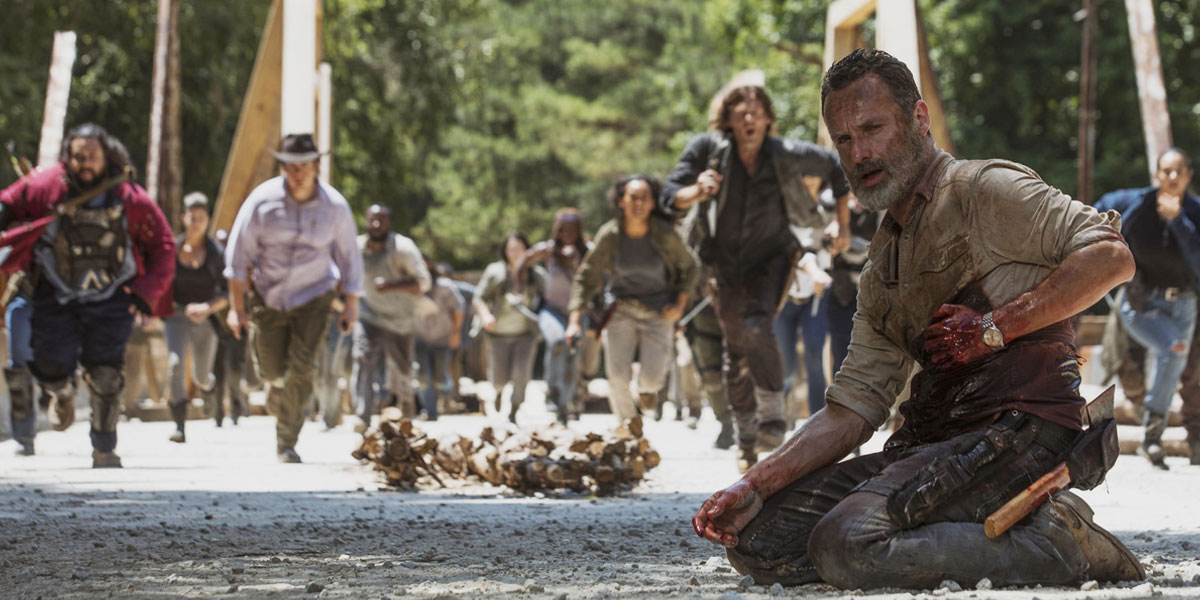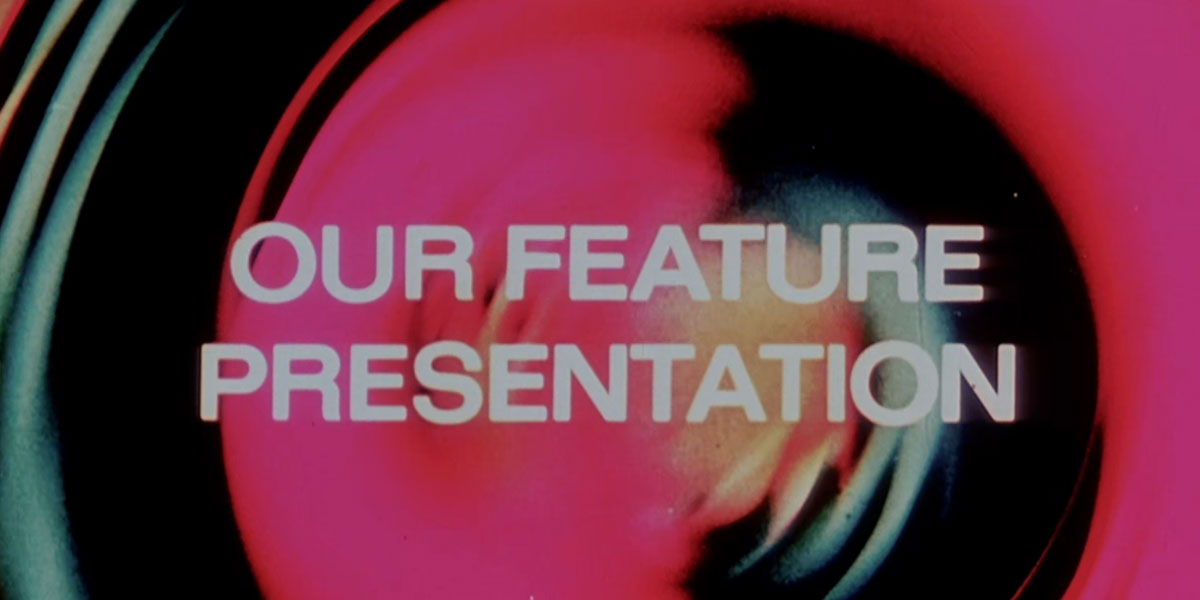In Retrospect: The Music of the Resident Evil 2 Remake
The sounds of the series have seen better days, but Capcom’s recent remake is a worthy addition.
By Jay Gervais
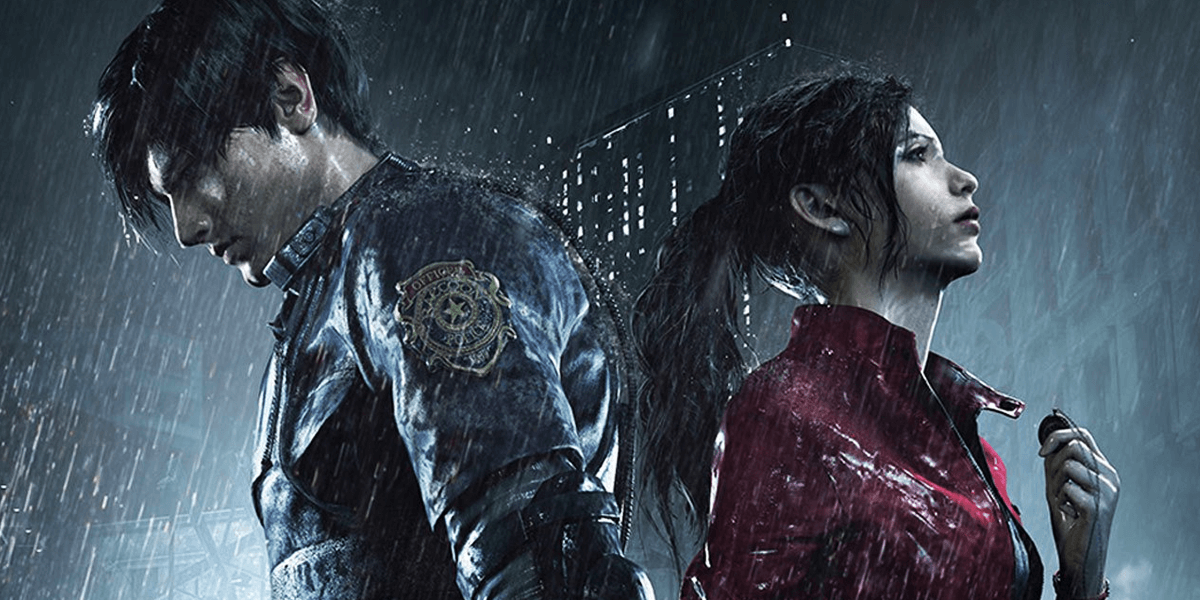
We’re all still coming down from the rush following our multiple playthroughs of Capcom’s stellar Resident Evil 2 remake, which was obviously a major success for the publisher. Thankfully, there seems to be little doubt that fans should be optimistic about the prospect of further remakes in the near future. However, rather than simply rehash the old with a new coat of paint, we think this is a great chance for the series to right the ship and start fresh. If you’re interested in what one of our writers thinks about how the series should proceed, have a look right here for his take on the matter.
The Resident Evil 2 remake soundtrack had a number of contributors, with the main score composed by Shusaku Uchiyama, Zhenlan Kang, Tadayoshi Makino, Yuichi Tsuchiya, and Kentaro Nakashima. The score also featured compositions by Masami Ueda, but he is credited in name only for his work on 1998’s Resident Evil 2.
Syotaro Nakayama and Taisuke Fujisawa did the music for the unlockable Tofu campaign, with Kentaro Nakashima creating the music for HUNK’s. Finally, a music title track called “Saudade” was written especially for this game by Cody Matthew Johnson and Shim, with the latter providing the vocals. You can hear this track playing in Leon’s jeep during his opening scene. It’s later used for the ending credits in each of the scenarios.
For the DLC, Shusaku Uchiyama handled the music for the Runaway and No Way Out missions, along with a track featured at the end of every DLC when the result screen pulls up. Composer Mana Ogura did the music for No Time to Mourn with Robert Kendo, while Masahiro Ohki is credited with the music for The Forgotten Soldier. Overall, this soundtrack was a huge joint effort from many people and each provided their own interesting additions, though we’ll delve more into many of them below. For a complete breakdown on who did exactly what, we encourage you to look at the VGMdb listing for this album.
“The Beginning” makes a great initial statement. Its melancholic melodies combined with the ambience help prepare us for what awaits us in this musical journey through Raccoon City, and ultimately the secrets that lie waiting deep below it. The piano work here is simple but beautiful, and the distant sounds reverberating in the background are nice. The track then transitions over to some rather unsettling ambience, which really gets the heart pumping. We’re just getting started, so don’t take those beta-blockers just yet!
“The Beginning of Fear” is a frightening track that lets you know this nightmare is not contained just outside in the streets, but also inside once-safe buildings as well. As you traverse through darkened corridors with only a flashlight and a few bullets left in your chamber, you quickly realize that running is your best option.
Here we have a fine example of how to do scary music right and Shusaku Uchiyama really knocks this one out of the park all around. There are all kinds of industrial and unsettling noises going on that you can’t help but tense up at the thought of some grotesque creature grabbing you from behind… or maybe they’re hungry for legs and go to town on your soon-to-be carcass?
“Memento” is a brief track that plays when the opening credits roll and eventually reveals the logo for the game. As we hover over a desolated and destroyed Raccoon City, we quickly realize the seriousness of this epidemic. The music that accompanies this moment clearly lets you know you are in for quite a ride.
The next track we take a look at is “Raccoon City,” in which Masami Ueda is credited on this one as the composer with the arrangement being handled by Uchiyama. Much like the original that came before it, this is a pivotal moment in this game as well. Claire and Leon are separated following an explosion and agree to meet at the building that houses the Raccoon City Police Department (R.P.D.). Veterans of the series will remember this as the starting point in the original game, when you finally assume control of your character and dodge through hordes of zombies to make your way to Kendo’s Gun Shop. While the remake plays this out differently, it nonetheless remains a crucial moment and acts as a prelude to much bigger things.
“Raccoon City” is essentially a brand-new track with only minor hints to Ueda’s original composition of the same name. The pulse-pounding synth bass that underlined the original makes an impressive return, but what this track seriously lacks is finding a consistent identity. The entire time, you’re left to wonder if you should think of this as a new theme or one that is trying to hark back to the original with mixed results.
To top it off, the orchestral parts are just too weak and ultimately become muddled with everything else going on. This is certainly one of those times when the original did it best, but Uchiyama’s efforts on this one are appreciated.
“R.P.D. Hall” is a self-explanatory title and this track plays when you first enter the police station. This is another piece from the original game and its inclusion in the remake seemed like an obvious choice, because how could you not? Uchiyama handles Ueda’s original composition with elegance and it sets just the right mood.
While it’s less of a grind to reach the police station in the remake, those who played the 1998 original will remember the trek it took to reach this part. The music of R.P.D.’s front hall breathed a sigh of relief when we first heard it, believing this could be a safe zone away from the death and destruction we left behind outside, although that would be far from the truth, as we all came to learn eventually. Having said that, the giddiness we felt all those years ago resurfaces after observing the stark beauty of the front hall and the music to complement it all in the remake. Well done!
It wouldn’t be much of a Resident Evil game if there wasn’t a save room we could run to when the going gets too tough. In order for this track to play, players had to flick on the light switch in the room. “Save Room” is obviously a callback to Ueda’s “Secure Place” from the original, but this new arrangement removes the complexities of that track and stripes the composition down to a very basic melody with some sweeping ambience.
While it sounds pleasant, it was difficult to appreciate fully, given how short this piece is. This definitely had the potential to be an all-time classic as far as save room themes go, if only they just extended it a little longer. Either way, this nice effort works well in the game itself, but not as an album experience.
This one track feels familiar and makes us believe it could be from the original game, but it’s actually a new theme by Uchiyama. It first plays as you are about to make your way down to the basement and come face-to-face with William Birkin in his first form. You can either make one last save there or stick around and listen to this nice little track. We decided on the latter before hitting the call button on the elevator.
“Absurd Advent” accompanies the first boss battle with Birkin. When combined with that dramatic fight, it’s really quite good. Unfortunately, Uchiyama decided not to reprise the “The First Malformation Of ‘G’“ theme from the original game, but these new compositions are welcome nonetheless.
The addition of the choir was perfect and the theme abstains from being too carried away or ahead of itself. This method works particularly well, since the enemy is encountered later on in the game, which allows the composers to flex their muscles with some new and additional ideas.
This is perhaps the most recognized and feared track in the game, and why wouldn’t it be when you have the likes of Mr. X hot on your trail throughout a good portion of the game? Whenever “Black Impact” is heard, you know that this unstoppable and relentless Tyrant is just around the corner and will stop at nothing short of taking out anyone or anything foolish enough to stand between him and his mission.
The theme makes quite an impression with its heavy bass drop opening before transitioning into a stomping march. There is enough to appreciate here without it getting too repetitious, and besides, players are often running away from Mr. X rather than engaging in battle with him. Overall, this great track transcends whatever unmemorable theme the character had in the original game.
“Reliving the Present” plays during another fight with William Birkin in his second malformation. Tadayoshi Makino, who brings some interesting ideas to the table with this one, composed this track. While this theme does feel familiar at times with it sounding like Ueda’s “The First Malformation Of ‘G’” from the original game’s soundtrack, this is very much a different beast.
Up until this point, the game focused mostly on ambience and unsettling themes to drive its soundtrack. However, with “Reliving the Present,” that all changes when the orchestra takes center stage and is ready to show off what it can really do. The string and choir work are really what impress here and they are mixed in properly with the percussion and synth bass, which was a problem in other earlier tracks like “Raccoon City.”
On the way to the NEST laboratory, we are treated to an emotional moment between Ada and Leon. Once again, the orchestra is prominent here with a beautiful string theme to accompany this scene. There isn’t too much more to say here, but you may want to keep a box of facial tissues nearby, just in case.
“Third Demise” starts off very good with one of Ueda’s compositions from the original game. After this, though, things just get messy with Uchiyama’s lack of a consistent direction. While this one works fine within the game, during the battle against William Birkin in his third form, it is a rather disappointing experience on its own.
The problem seems to lie in how there are too many ideas thrown into our faces at once. The brass just blares whatever notes, as if the player was free to improvise as they went. One of the few redeeming qualities worth writing home about is the choir work, which is very lyrical and sinister. However, even this felt underwhelming and is never truly given a chance to shine with all the other nonsensical ideas being thrown around.
In the final fight with Mr. X, you not only battle for your life, but also race against the clock as the laboratory is set to self-destruct within minutes. “Last Judgment” is full of life with an operatic choir, abrupt brass crescendos, and a hard-hitting percussion. Unlike with “Third Demise,” Kentaro Nakashima knows exactly where he’s going with his boss battle theme and the results are splendid.
With that being said, it’s unfortunate Ueda’s theme from the original game for this fight wasn’t brought back. It’s easily one of the highlights of that soundtrack, but it’s understandable that the composers wanted to go in a different direction with their music. Besides, we got an impressive version of this track in Resident Evil: The Darkside Chronicles, which you can have a listen to right here.
Zhenlan Kang’s “Expansion” is easily in the top-ten best tracks in the Resident Evil 2 remake. This one plays as Claire makes her way down to the train in order to make her escape from the doomed laboratory. Everything works really well here, from the techno-speed percussion to the repetitious piano melody that reminds you the clock is ticking.
In this writer’s opinion, this is the best song in the Resident Evil 2 remake by far. Once again, Kang proves she can handle another amazing boss battle theme like a true master of her craft. This one plays during Claire’s “final” fight with William Birkin in her “A” scenario. With everything going on during this scene, this incredible theme might fly right past you without a second thought. At times, “Mournful Pursuit” sounds like it could be out of a Lord of the Rings film or even 2018’s God of War, but that isn’t necessarily a bad thing. The choir is at its best here with some powerful motifs, which is enhanced by some very flavorful brass sections. We can sum this track up in one word… epic.
The only complaint might be that it really isn’t long enough, since it’s quite an enjoyable piece that could have benefitted from a grandiose performance spanning several minutes before looping. Other than that, Kang deserves a standing ovation for this brilliant piece.
Thankfully, another rendition of “Save Room” appears in the model screen, which makes up for the brief in-game version we previously discussed. There isn’t too much to say that hasn’t been said already, so you get to enjoy a longer and somewhat different version of this fine track.
For the remake, HUNK had a very different theme than what was featured in the original 1998 game. Had that track been reprised, it probably wouldn’t have worked very well with his fast-paced campaign style in the new game. Composer Nakashima opts on trembling strings, a heavy synth bass, and smashing percussion to carry HUNK through his ball-busting trek towards his final destination.
Tofu’s theme in the remake is hilariously awesome, since it seems to come out of nowhere on the album, leaving you to pick up your jaw off the floor after it completely rocks your world. “Tofu on Fire” lives up to its name and we’re certain that every instrument immediately ignited in flames during the recording session, which then caused the musicians themselves to catch fire, after which they were quickly sprayed with a fire extinguisher once they wrapped up. Anyway, Tofu’s campaign is pretty much a treacherous nightmare, so this theme really is as fitting as it gets.
Well, there you have it. We’ve taken a look at many of the great offerings in the Resident Evil 2 remake soundtrack, including voicing our disappointment in a few. Overall, this soundtrack was enjoyable, but it shouldn’t be considered an all-time classic when compared with the original 1998 game’s soundtrack or even the phenomenal music of Resident Evil – Code: Veronica. Those soundtracks went beyond expectations and are understandably difficult contenders to try and top.
However, there is plenty to appreciate here. Familiar themes were given a contemporary makeover and brand-new tracks added some welcome surprises, all of which made for an enjoyable experience both while playing the game and as an album experience. What were some of your favorite tracks from the Resident Evil 2 remake? We’d love to hear your thoughts below or on any of our social media accounts. Stay tuned to Dead Entertainment for all the latest Resident Evil news and updates!
More Reading
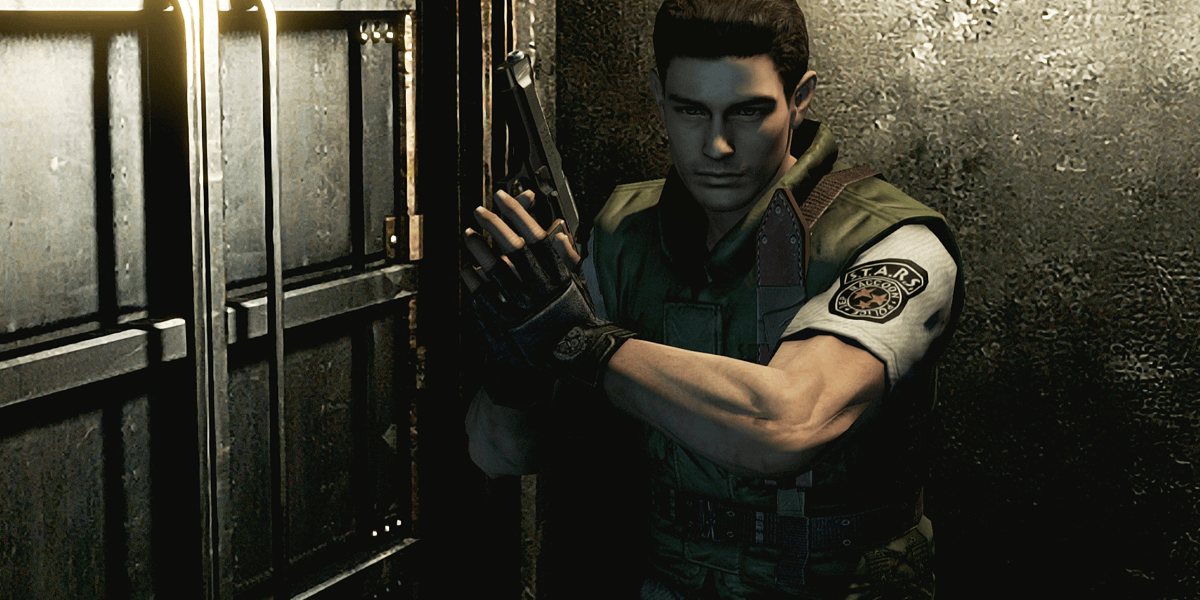
Two Classic Resident Evil Soundtracks Are Coming to Vinyl
Laced Records is bringing these soundtracks back from the dead in April.

Resident Evil 2 Official Soundtrack Details Emerge
Get the details here on what to expect for the music of this highly-anticipated title.
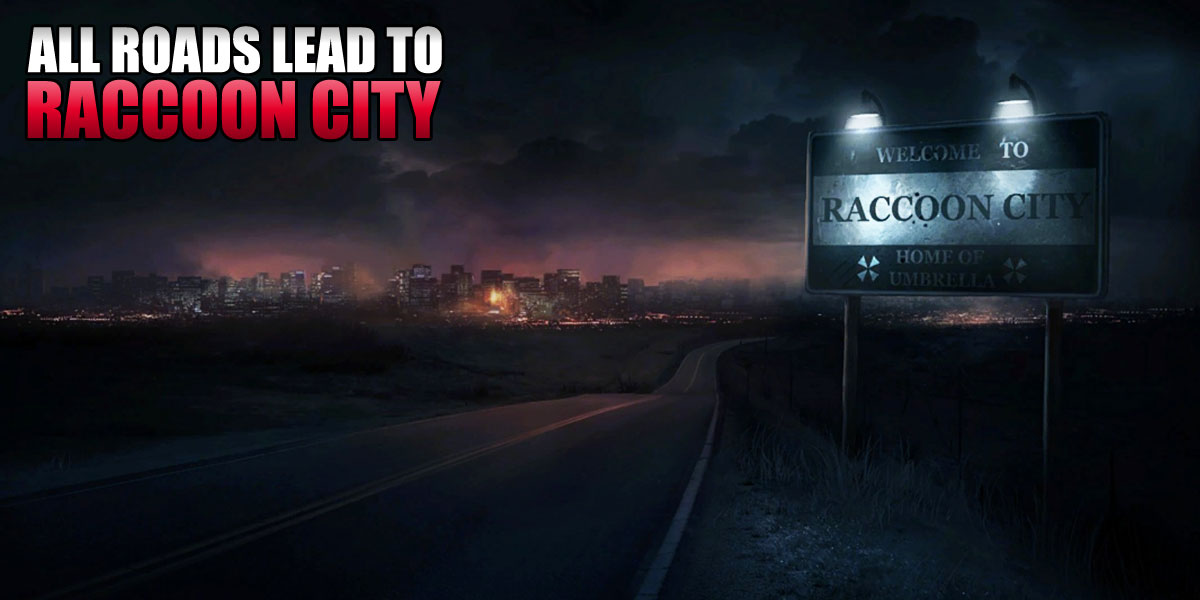
The Past, Present, and Future of Resident Evil: All Roads Lead to Raccoon City Part 1
Presenting the first piece of our ongoing retrospective on Capcom’s iconic survival horror franchise.

Small Resident Evil 2 Update Adds Letter from RE3’s Jill, Read the Contents Here
It turns out the new achievement is related to a minor addition as opposed to a full DLC like some fans were hoping for.
